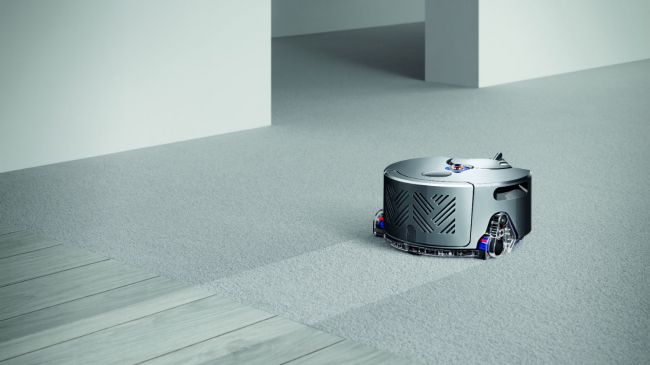Introducing the Dyson 360 Eye
Let’s face it, vacuuming is a massive chore that takes up precious time that could otherwise be spent gaming, socialising, or sleeping. That’s why we’re always excited when a robotic vacuum lands on our desk.
Unfortunately, we’re always left a little disappointed after testing them, because they tend to be either very good robots, but very bad vacuums, or good vacuums, but bad robots.
- Best robot vacuum cleaners (so far): clean your home without lifting a finger
There is one which we’ve been eagerly anticipating, however, and that’s the Dyson 360 Eye, the combination of a tonne of experience and stacks of research and development, as you can see in this new video.
Dyson 360 Eye and Release Date
The Eye 360 UK release date is June 2016 – customers who had expressed an interest in the cleaner have now received an email telling them the good news. Dyson’s robot vacuum cleaner was originally announced early in 2015, and was released in Japan last October.
As for the Dyson 360 Eye price? It’s currently on sale in Japan for 138,000 yen, that’s around £760, which is certainly at the top-end of robotic vacuum prices, although not completely unreasonable.
Vacuum First – Robot Second
Dyson’s heritage is built on cyclone technology, so of course, the 360 Eye makes use of it, because the machine was built as a vacuum cleaner first, and a robot second.
Dyson engineers have designed the company’s smallest Radial Root Cyclone technology yet, still capable of generating high centrifugal forces to capture small particles such as pollen and mold.
As part of the miniaturisation process, Dyson’s engineers have also created a small, powerful motor, named the Dyson Digital Motor V2.
The V2 will spin at 78,000 rpm, that’s much faster than an F1 engine, and Dyson claims it generates the highest suction of any robot vacuum.
It’s not just about the motor, the Eye also uses a full-width brush bar with carbon fibre filament – the same used on the company’s latest full-sized machines. That means it provides suction across the full-width of the ‘bot, reducing the inaccessible areas.
360-Degree Vision
As the name suggests, Dyson’s robotic vacuum uses a camera to scope out and interpret its surroundings, surveying the entire room at once.
According to Dyson, the vision system uses, “complex mathematics, probability theory, geometry and trigonometry to map the room”. That sounds much better than previous vacuums, where they map the room by bumping into every single thing in it.
Maybe the best thing about vision system? The camera genuinely looks like an eyeball, albeit a slightly robotic-looking one.
It Runs on Tank Tracks
A common problem with robot vacuums is that they can get stuck on obstacles, such as a rug edge, or door threshold. That’s because most of them use wheels to traverse your floor, and that creates poor traction.
The Dyson 360 Eye runs on tank tracks, allowing it to scale any (minor) obstacles which measure under 15mm.
Apps Away
Just like everything nowadays, there’s also a companion app of the Dyson 360 Eye.
It’s available on both iOS and Android, allowing you to control and schedule when your little vacuum begins springs into life.
As well as the essentials, the app will also enable you to view a map of the cleaning progress, and automatically downloads firmware updates.
It sounds pretty useful, and allows you to start the clean at work, then arrive home to a freshly vacuumed house, which is everyone’s dream, right?



